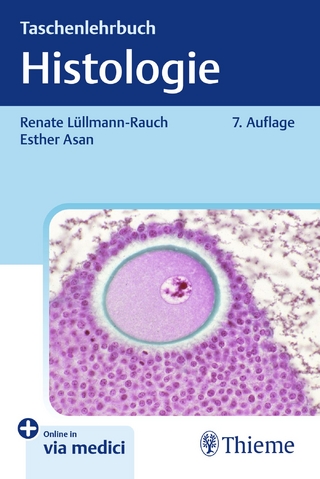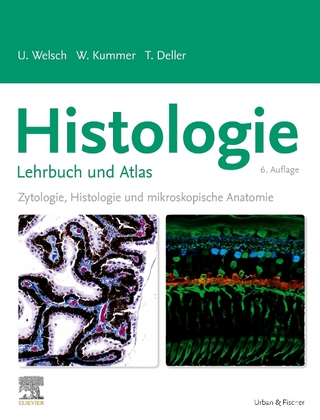
Medicinal Foods as Potential Therapies for Type-2 Diabetes and Associated Diseases
Academic Press Inc.(London) Ltd (Verlag)
978-0-08-102922-0 (ISBN)
- Titel ist leider vergriffen;
keine Neuauflage - Artikel merken
This book will be invaluable for research scientists and students in the medical and pharmaceutical sciences, medicinal chemistry, herbal medicine, drug discovery/development, nutrition science, and for herbal practitioners and those from the nutraceutical and pharm industries.
Dr. Solomon Habtemariam is a Founder/Owner of Herbal Analysis Services UK & Leader of the Pharmacognosy Research Laboratories at the University of Greenwich, Chatham-Maritime, UK. Dr Habtemariam received his BSc degree in Biology (minor - Chemistry) from the University of Addis Ababa and his Master’s degree (combined-studies) in Pharmacology and Phytochemistry from the University of Strathclyde, Glasgow, UK. He stayed on at Strathclyde to study at doctoral level, studying on drug discovery researches and obtained his PhD in this area of research. After a number of years in teaching and post-doctoral research at the Strathclyde Institute for Drug Research and Strathclyde University, he joined the School of Science, University of Greenwich in September 1998. Dr Habtemariam has been a leader of taught programmes and researches on bioassays & natural products-based drug development. The various researches that he has undertaken include the identification of novel compounds of natural-origin with potential antimicrobial, anticancer, anti-inflammatory, antidiabetic and antiobesity applications among others. He has published more than 167 scientific publications in peer reviewed journals and filed over three family of patents. He is also the author of a book entitled “The African and Arabian Moringa Species: Chemistry Bioactivity and Therapeutic Applications. Details of his research activities and publications are available via his URL: http://www.herbalanalysis.co.uk/
Type-2 diabetes: Prevalence and significance
1. Type-2 diabetes: Definition, diagnosis and significance
Normal physiological control of carbohydrate and lipid metabolism and some common antidiabetic therapeutic targets
2. Glucose metabolism: Normal physiology, diabetic dysregulation, and therapeutic targets
3. Lipid metabolism: Normal physiology, dysregulation under obesity and diabetes, and therapeutic targets
Pathophysiology of type 2 diabetes and therapeutic options
4. Pathophysiology of type 2 diabetes complications
5. Current pharmacotherapy options for type 2 diabetes
6. Introduction to plant secondary metabolites—From biosynthesis to chemistry and antidiabetic action
Potential modulators of type-2 diabetes and associated diseases: Super fruits
7. Bilberries and blueberries as potential modulators of type 2 diabetes and associated diseases
8. The chemical and pharmacological basis of bitter melon (Momordica charantia L.) as a potential therapy for type 2 diabetes and obesity
9. The chemical and pharmacological basis of guava (Psidium guajava L.) as potential therapy for type 2 diabetes and associated diseases
10. The chemical and pharmacological basis of okra (Abelmoschus esculentus (L.) Moench) as potential therapy for type 2 diabetes
11. The chemical and pharmacological basis of papaya (Carica papaya L.) as potential therapy for type-2 diabetes and associated diseases
12. The chemical and pharmacological basis of pomegranate (Punica grantum L.) as potential therapy for type-2 diabetes and metabolic syndrome
13. The chemical and pharmacological basis of prickly pear cactus (Opuntia species) as potential therapy for type 2 diabetes and obesity
14. The chemical and pharmacological basis of pumpkins (Cucurbita species) as potential therapy for type-2 diabetes
Potential modulators of type-2 diabetes and associated diseases: Spices
15. The chemical and pharmacological basis of cinnamon (Cinnamomum species) as potential therapy for type-2 diabetes and associated diseases
16. The chemical and pharmacological basis of cloves (Syzygium aromaticum (L.) Merr. & L.M.Perry) as potential therapy for type 2 diabetes and associated diseases
17. The chemical and pharmacological basis of fenugreek (Trigonella foenum-graecum L.) as potential therapy for type 2 diabetes and associated diseases
18. The chemical and pharmacological basis of ginger (Zingiber officinale Roscoe) as potential therapy for diabetes and metabolic syndrome
19. The chemical and pharmacological basis of garlic (Allium sativum L.) as potential therapy for type 2 diabetes and metabolic syndrome
20. The chemical and pharmacological basis of turmeric (Curcuma longa L.) as potential therapy for type 2 diabetes and metabolic syndrome
Potential modulators of type 2 diabetes and associated diseases: Beverages, other foods, and herbal supplements
21. Chemical and pharmacological evidences for coffee as a modulator of type 2 diabetes and metabolic syndrome
22. The chemical and pharmacological basis of tea (Camellia sinensis (L.) Kuntze) as potential therapy for type 2 diabetes and metabolic syndrome
23. The chemical and pharmacological basis of rooibos (Aspalathus linearis (Burm. F.) R. Dahlgren) as potential therapy for type 2 diabetes and metabolic syndrome
24. The chemical and pharmacological basis of yerba mat25. Other common and exotic foods with growing importance as antidiabetic agents
26. Antidiabetic herbal medicines rebranded as dietary supplements
| Erscheinungsdatum | 01.07.2019 |
|---|---|
| Verlagsort | London |
| Sprache | englisch |
| Maße | 191 x 235 mm |
| Gewicht | 2340 g |
| Themenwelt | Medizin / Pharmazie ► Medizinische Fachgebiete ► Pharmakologie / Pharmakotherapie |
| Studium ► 1. Studienabschnitt (Vorklinik) ► Histologie / Embryologie | |
| Studium ► Querschnittsbereiche ► Epidemiologie / Med. Biometrie | |
| Naturwissenschaften ► Biologie ► Biochemie | |
| Naturwissenschaften ► Chemie ► Organische Chemie | |
| ISBN-10 | 0-08-102922-5 / 0081029225 |
| ISBN-13 | 978-0-08-102922-0 / 9780081029220 |
| Zustand | Neuware |
| Informationen gemäß Produktsicherheitsverordnung (GPSR) | |
| Haben Sie eine Frage zum Produkt? |
aus dem Bereich


